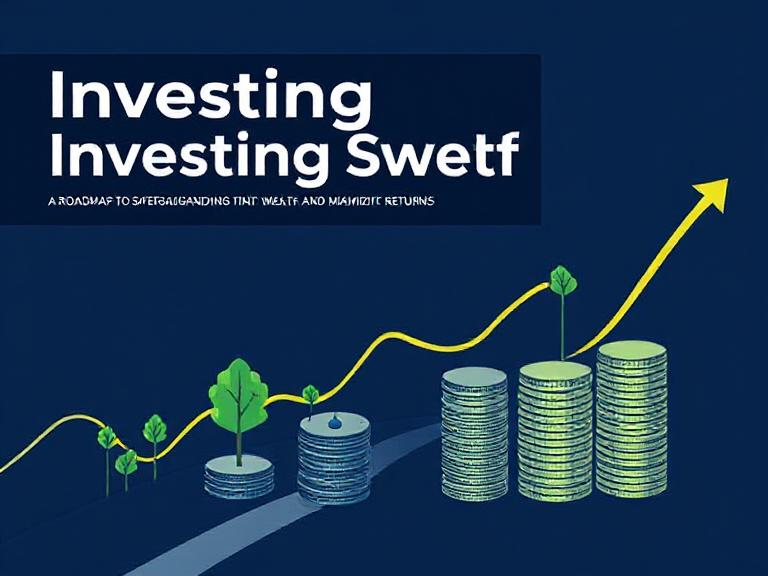Inflation is one of the most significant threats to wealth preservation. In times of rising inflation, the purchasing power of money decreases, leading to a higher cost of living and reduced real returns on investments. As inflation rates continue to fluctuate, it’s essential for investors to understand how to protect their capital and achieve sustainable returns. In this article, we will discuss strategies to safeguard wealth from the erosion caused by inflation and how to adjust your investment strategy accordingly.
Understanding Inflation and Its Impact on Investments
Inflation occurs when the general level of prices for goods and services rises, leading to a decrease in the value of money. When inflation is high, the value of your investments can be eroded over time if they do not outpace inflation. This is particularly problematic for investors holding cash or fixed-income assets, as these investments may not keep up with rising prices.
The inflation rate is often measured by the Consumer Price Index (CPI), which tracks the cost of a basket of goods and services. As inflation increases, your ability to purchase the same amount of goods or services diminishes, making it harder to maintain your standard of living.
Investment Strategies to Protect Against Inflation
1. Real Assets: Real Estate and Commodities
One of the most effective ways to hedge against inflation is by investing in real assets. Real estate, for instance, tends to increase in value over time, and rental income can adjust with inflation. Similarly, commodities such as gold, silver, and oil often perform well during periods of inflation, as their prices tend to rise when the cost of living increases. Investors should consider allocating a portion of their portfolio to these tangible assets to preserve wealth.
2. Inflation-Protected Securities
Inflation-protected securities, such as Treasury Inflation-Protected Securities (TIPS), are designed to keep pace with inflation. TIPS are government bonds whose principal value rises with inflation, ensuring that the returns on the investment are not eroded by rising prices. These securities are a safe and effective way to protect your capital in an inflationary environment.
3. Stocks in Inflation-Resilient Sectors
Certain stocks are better positioned to weather the impact of inflation. For example, companies in the consumer staples sector, which produce essential goods like food and household products, often have the pricing power to pass on higher costs to consumers. Other sectors, such as utilities and healthcare, tend to remain stable during inflationary periods. Investing in companies that can maintain or grow their profits despite rising prices can provide a hedge against inflation.
4. Diversifying into International Markets
Inflation rates can vary significantly across different countries, so diversifying investments into international markets can help mitigate domestic inflation risks. Emerging markets, in particular, may offer higher growth potential and protection against inflation in developed economies. International stocks, bonds, and real estate can offer valuable exposure to economies that may be less affected by inflationary pressures.
Conclusion: Stay Ahead of Inflationary Risks
Inflation can erode the value of your investments if you don’t take proactive steps to protect your capital. By focusing on real assets, inflation-protected securities, and stocks in resilient sectors, investors can safeguard their wealth and continue to grow their portfolios, even in challenging economic conditions. Inflation may be an unavoidable economic force, but with the right investment strategies, it doesn’t have to derail your financial goals.

